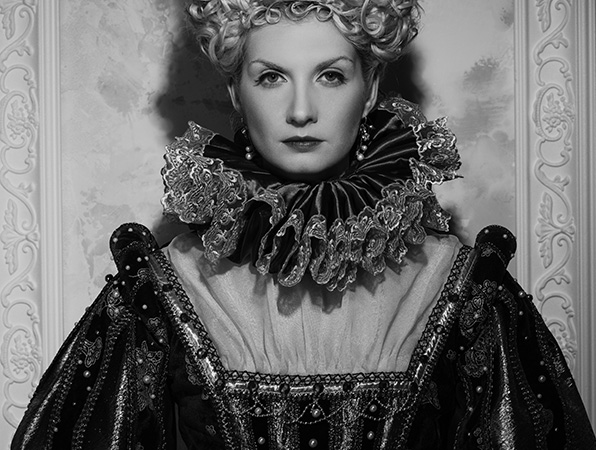The History of Embroidery
Embroidery is the decoration of fabric or other materials using a needle, thread or yarn. Other materials such as pearls, bead, quills, and sequins can be used during embroidery. In the 20th century, you will see embroidery in all types of clothes, beddings and sports clothes.
The art of embroidery developed from tailors patching and reinforcing clothing. The methods used by tailors to repair clothing led to the growth of sewing techniques which in turn led to embroidery.
History costume embroidery has been practiced for decades and dates to 30000 BC or the Cro- magnon days. In Recent years fossilized remains of hand stitched and decorated clothes, boots, and hats were found by an archaeologist.
In Siberia around the year, 5000-6000BC drilled shells stitched with decorative designs were discovered. In China embroidery dates to 3500BC and there are pictures that show embroidered clothing with a silk thread, stones, and pearls. In China, an example of chain stitch embroidery was found in warring streets between 3rd -5th Century BC.
Embroidery, fiber, and needlework originated in the orient and Middle East. People discovered that the stitches used to join animal skin could also be used to make decorative items. According to recorded history sculptures, painting, and decorated vases show people wearing thread embroidered clothing.
Application Techniques and Materials Used in Ancient Times
 During the 11100 ’s religious items were decorated using small seed pearls which were sewn on vellum. In the 1200s to 1300s all types of clothes including male attires had embroidery. In 1500 A.D embroidery was considered luxurious in Europe and other areas in the world. From 1500-1700 thread and embroidery become more famous. embroidered beads were found on layettes, baskets, court dress, home furnishing, and many other items.
During the 11100 ’s religious items were decorated using small seed pearls which were sewn on vellum. In the 1200s to 1300s all types of clothes including male attires had embroidery. In 1500 A.D embroidery was considered luxurious in Europe and other areas in the world. From 1500-1700 thread and embroidery become more famous. embroidered beads were found on layettes, baskets, court dress, home furnishing, and many other items.
In Persia, India, China, Japan, Byzantium, medieval, baroque Europe and other cultures embroidered clothing, religious objects, and other household items were a sign that one was wealthy. In different cultures, the embroidery techniques tradition was passed from one generation to another. In cultures such as Vietnam, Mexico, eastern Europe tradition techniques were inherited from one generation to another. In England, there were professional workshops, and guilds began in Medieval. The output of the workshop was known as English work or Anglicanism and it was very famous throughout Europe. In the 19th Century embroidery made from machine become very famous in St Gallen eastern Swaziland.
In 1800s freehand stitching began to dwindle and the machine became more common. Sewing techniques were delivered from a process that was used to tailor, patch, men and reinforce cloths. In the 18th-century art needlework and Berlin wool work began in Berlin. Before the 1870 wool work, canvas thread embroidery was very famous but that was replaced by counted cross stitch using square meshed canvas that had stitch by stitch thread design. As free hand embroidery dwindled bead embroidery was becoming more famous with new needlework stitches.
Application and Techniques Used in Ancient Times
The material used in making historical costumes varies from one place to the other. Wool, linen, and silk have been used during the embroidery for many years. They were used for both fabric and yarn. In today’s setting, the embroidery thread is manufactured in cotton, rayon, novelty yarns, traditional wool, linen, and silk. Floral motifs are made of narrow ribbon made from silk or silk and organza to form a blended ribbon.
One of the most expensive embroidery techniques yet economical method of embroidery is chain stitching, couching or laid work. Couching is mostly used for goldwork. Canvas work techniques provide more strength and well-finished textile. With canvas work, a large amount of yard is used especially at the back of the work

